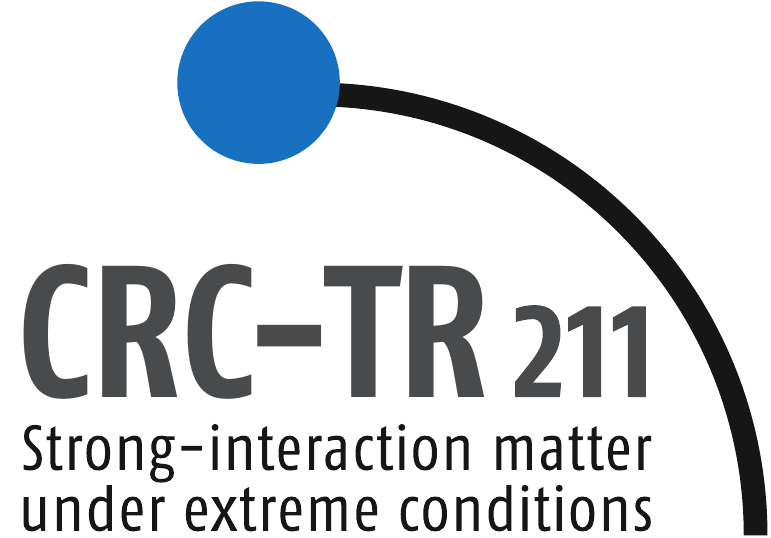\( \newcommand{\dd}{\mathrm{d}} \) \(
\DeclareMathOperator{\sign}{sign} \) \(
\newcommand{\pvec}[1]{\vec{#1}^{\,\prime}} \) \(
\newcommand{\R}{\mathbb{R}} \)
\( \newcommand{\dd}{\mathrm{d}} \) \(
\DeclareMathOperator{\sign}{sign} \)
Light flavour production in pp and heavy ion collisions at the LHC
Nicolo Jacazio (CERN)
Low momenta (below $2 \,\mathrm{GeV}/c$) light flavour hadrons (containing
u, d, s quarks) are the most abundantly produced particles in a collision.
The thermal properties of the QGP can be studied by measuring the spectral
distribution and relative abundance of light flavour hadrons detected in
the final state of the reaction.
These measurements allow performing quantitative comparisons between small
systems (pp and p-A) and large systems (A-A) where the QGP is expected to
form. With its excellent particle identification capabilities, the ALICE
experiment allows for the detection of the produced particles.
I will present how the most up-to-date ALICE results can be used to
constrain the models describing particle production and discuss how these
measurements can be used to characterize the evolution of the collision.
Finally, I will highlight the perspectives for future LHC runs.
The colloquium will be streamed but not recorded. Zoom link:
https://uni-frankfurt.zoom.us/j/2848286010?pwd=VmtCY1RCc1hpVStKd0RibFBpc1IzZz09
Meeting ID: 284 828 6010
Password: 068695
 Nuclear Physics Seminar
Nuclear Physics Seminar
 Nuclear Physics Seminar
Nuclear Physics Seminar